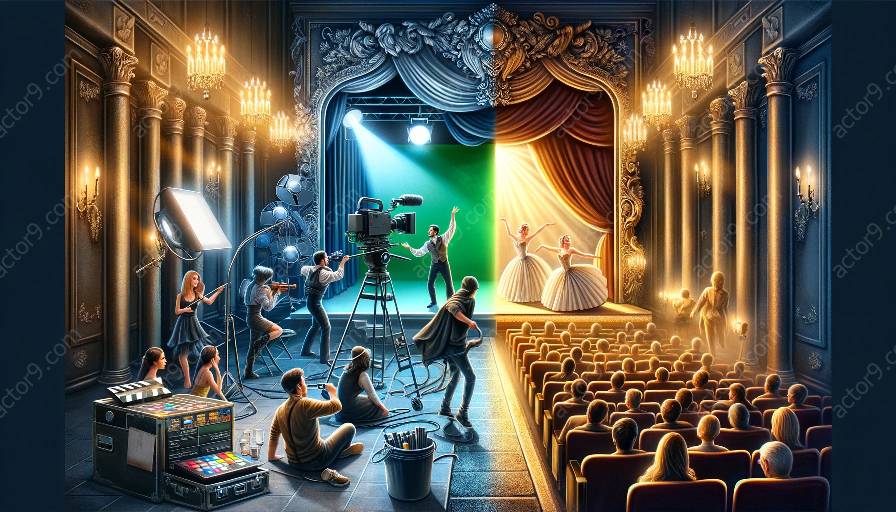Costume design is an integral part of both film and stage acting, playing a crucial role in bringing characters to life and enhancing the overall visual appeal of the performance. In this comprehensive guide, we'll delve into the world of costume design and its significance in the realms of film, stage acting, and theater.
Film Acting vs. Stage Acting
Before we explore costume design in detail, let's first distinguish between film acting and stage acting. While both forms of acting share the common goal of portraying characters and telling stories, they differ in several key aspects, including the use of costume design.
Film acting often involves close-up shots and a more naturalistic approach, which can impact the way costumes are designed and the level of detail required. On the other hand, stage acting may demand more elaborate and visually striking costumes to ensure that they are effective in conveying the character's traits and emotions to a live audience.
The Art of Costume Design
Costume design is a collaborative and creative process that involves close coordination between the costume designer, directors, actors, and other members of the production team. It encompasses a wide range of elements, including historical research, character analysis, fabric selection, color theory, and practical considerations such as movement and durability.
Costume designers aim to capture the essence of each character through their clothing, using details such as fabric texture, silhouette, and color to convey personality traits, social status, and narrative clues. Additionally, they must ensure that the costumes are comfortable and functional for the actors, allowing them to move freely and express themselves effectively.
Role in Film and Stage Acting
In both film and stage acting, costume design plays a pivotal role in immersing audiences in the world of the story. Well-designed costumes not only contribute to the visual aesthetics of the production but also help actors inhabit their characters more fully, enhancing their performances and overall storytelling.
For film acting, costume design can communicate subtle details about a character's backstory, personality, or emotional state without relying on dialogue. The right costumes can transport the audience to different time periods or settings, adding layers of authenticity and visual interest to the narrative.
On the stage, costumes serve the dual purpose of preserving historical accuracy and creating impactful visual storytelling. They must be bold and visually compelling to captivate the audience, while also being practical enough to withstand the demands of live performance.
Integration with Acting and Theater
Costume design is closely intertwined with the art of acting and the world of theater, enhancing the actor's ability to embody the character and creating a cohesive visual world for the audience. Actors often collaborate closely with costume designers to develop a deep understanding of their characters and how their costumes can support their performances.
In theater, the collaborative nature of costume design extends to the entire production team, as costumes must harmonize with set design, lighting, and overall artistic vision. Together, these elements contribute to the immersive experience of live theater, elevating the impact of the performance and enriching the audience's connection to the story.
Conclusion
Costume design holds a significant place in the worlds of film, stage acting, and theater, serving as a powerful tool for storytelling and character development. By understanding the nuances of costume design and its role in film and stage acting, actors and audiences alike can gain a deeper appreciation for the artistry and craftsmanship that goes into creating captivating and authentic performances.















































